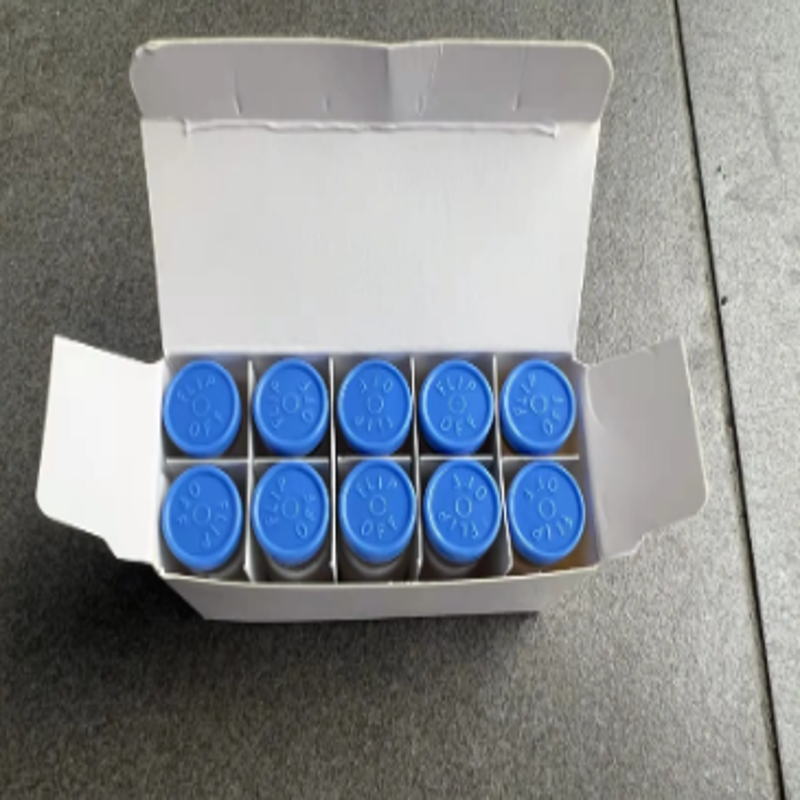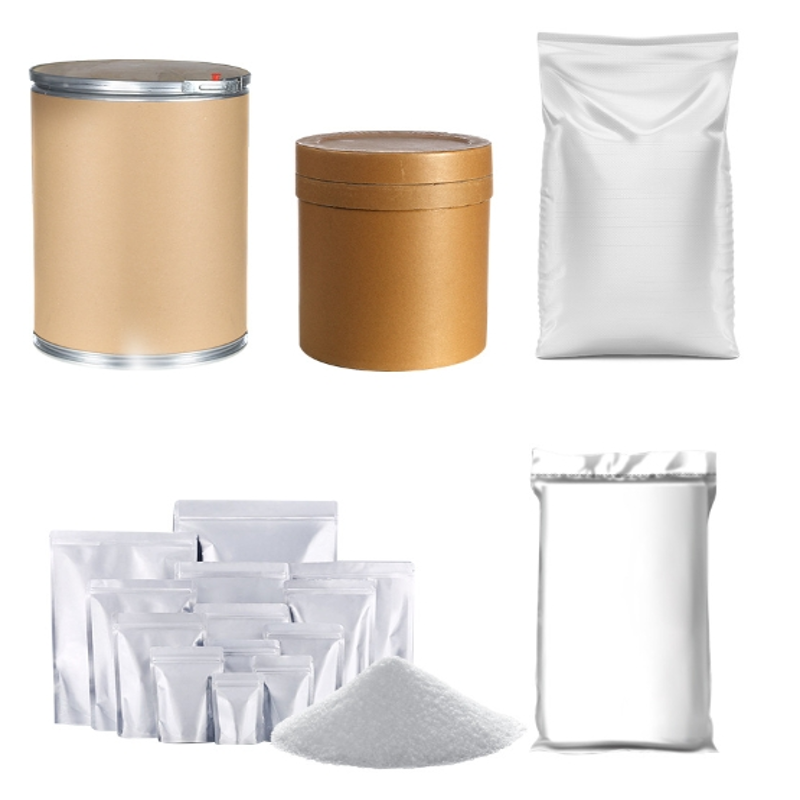-
Categories
-
Pharmaceutical Intermediates
-
Active Pharmaceutical Ingredients
-
Food Additives
- Industrial Coatings
- Agrochemicals
- Dyes and Pigments
- Surfactant
- Flavors and Fragrances
- Chemical Reagents
- Catalyst and Auxiliary
- Natural Products
- Inorganic Chemistry
-
Organic Chemistry
-
Biochemical Engineering
- Analytical Chemistry
- Cosmetic Ingredient
-
Pharmaceutical Intermediates
Promotion
ECHEMI Mall
Wholesale
Weekly Price
Exhibition
News
-
Trade Service
*For medical professionals only
Dangui is fragrant in autumn, and the golden autumn season is fruitful
.
On the occasion of China's Mid-Autumn Festival, the 2022 ESMO Conference was also held
in full swing in Paris from September 9 to September 13.
The European Society for Internal Oncology Annual Conference (ESMO) is Europe's most prestigious and influential oncology conference, covering basic research, oncology diagnosis, the latest discoveries in treatment, and more
.
This paper mainly shares the results of the first interim analysis of a phase III open-label study (PARDO study) on the treatment of novel endocrine drugs in patients with high-risk biochemical recurrence prostate cancer[1].
Patients with biochemically recurrent prostate cancer (BRPC) after radical prostatectomy (RP) have a high incidence of distant metastases and prostate cancer-specific deaths if the prostate-specific antigen multiplication time (PSADT) is short[2].
Previous studies have shown that treatment with apatamide (APA) and abitterone acetate plus prednisone (AAP) prolongs progression-free survival in patients with metastases [3,4
].
This study evaluated whether APA and APA in combination with AAP lead to more persistent prostate-specific antigen (PSA) inhibition, thereby prolonging biochemical progression-free survival (bPFS)
in patients with BRPC.
A total of 504 patients with BRPC with PSADT ≤ 9 months who had undergone routine imaging studies were randomly divided into 3 groups (Figure 1) at a 1:1:1 randomization basis (Figure 1), and the three groups were treated with balanced baseline features (Figure 2), received androgen deprivation therapy (ADT) (N = 167), ADT + APA (N = 168), and ADT + APA + AAP (N = 169) for 52 weeks, respectively, and received long-term follow-up
after treatment.
The primary study endpoint was bPFS (progression defined as PSA rising >2 ng/ml, or monitoring PSA>0.
2 ng/mL at least two weeks apart), and secondary study endpoints included bPFS (>50 ng/dL) in patients with testosterone (T) recovery, testosterone (T) recovery time (>50 ng/dL) (TTTR), safety, 3-year bPFS survival, transfer-free survival (MFS), Time to castration resistance (TTCR) and patient-reported quality of life (QOL
).
Figure 1 POSTNO study design
Figure 2 Baseline features of enrolled patients
The results of the study showed that bPFS was significantly longer
in the ADT+APA and ADT+APA+AAP groups compared to the ADT group alone.
Among them, the median bPFS time in the ADT+APA group was extended by 4.
6 months (24.
9 months vs 20.
3 months, HR = 0.
52) compared with the ADT group alone) (Figure 3).
The median bPFS time in the ADT+APA+AAP group was extended by 6 months (26.
0 months vs 20.
0 months, HR = 0.
48) compared to the ADT group alone) (Figure 4).
The median TTTR in the ADT group, ADT+APA group, and ADT+APA+AAP group was 3.
9, 3.
8, and 4.
7 months
, respectively.
The most common grade 2 or higher adverse events (AEs) were hypertension (19.
4% in the ADT group; ADT+ APA group 23.
4%; ADT+APA+AAP group 30.
4%) (Figure 5
).
Of all treatment groups, 8 patients (1.
8%) discontinued treatment
due to AEs.
Figure 3 ADT group and ADT+APA group bPFS
Figure 4 ADT group and ADT+APA+AAP group bPFS
Figure 5 Common grade 2 adverse reactions
Overall, the use of APA on the basis of ADT can achieve a more comprehensive AR blocking effect, which can extend bPFS and be safe and controllable
.
But more hypertensive events
were observed in the treatment group with AAP.
.
However, due to the biological characteristics of malignant tumors, focal residues, distant micrometastases and other reasons, 27%-53% of patients receiving RP or RT treatment will have biochemical recurrence
.
Patients with biochemical relapse are at increased risk of distant metastasis, prostate cancer-specific death, and overall death, with the goal of prolonging survival, improving quality of life, and reducing associated complications
.
The current guidelines recommend postoperative BRPC treatment mainly for salvage radiotherapy ±ADT, and the lack of high-quality clinical studies [5,6] and the lack of research data on new endocrine therapy drugs in such patients are all issues
worth exploring and solving.
In this study, the efficacy of new endocrine drugs in this group of patients was explored, and it was found that APA combined with ADT alone brought longer bPFS benefits to patients compared with ADT alone, providing a new reference for
high-risk BRPC treatment.
We also look forward to the future interpretation and recommendation of the results of this study in authoritative guides
.
The release of the study data also suggests that the advance of new endocrine therapy to the stage of localized diseases is a clinical research hotspot and a treatment development trend
.
Among them, the new endocrine therapeutic drugs represented by apatamide are at the forefront
of research.
The PALAS study[7] is a phase III clinical study evaluating the use of APA+ADT neoadjuvant and adjuvant radiotherapy in patients with limited, high-risk and locally progressive prostate cancer, while the PLATTEUS study [8] is a phase III clinical study evaluating the use of APA+ADT neoadjuvant and adjuvant radical prostatectomy in patients with limited, high-risk and locally progressive prostate cancer
。
We also look forward to the early release of the results of these studies in the stage of localized diseases, etc.
, to provide more reference
for clinical treatment.
Expert profile
Professor Yifei Xing
Deputy Director of Department of Urology, Union Hospital, Tongji Medical College, Huazhong University of Science and Technology
Chief physician and doctoral supervisor
Excellent talents of the Ministry of Education in the new century, backbone talents of young and middle-aged medicine in Wuhan
He is a member of the Infection and Inflammation Group of the Urology Branch of the Chinese Medical Association
Member of the Tumor Professional Committee of the Urogenital Department of Hubei Anti-Cancer Association
Vice Chairman of Andrology Branch of Hubei Association of Integrative Traditional Chinese and Western Medicine
Vice Chairman of the Urology Branch of Wuhan Medical Association
Vice Chairman of the Urology Professional Committee of Wuhan Medical Doctor Association
Vice Chairman of the Urology Committee of Wuhan Association of Integrative Traditional Chinese and Western Medicine
Member of the Editorial Board of the Journal of Clinical Surgery
Member of the Editorial Board of the Journal of Clinical Urology
References:
[1].
Abstract LBA63, 2022 ESMO Congress
[2].
Pound CR et al.
JAMA.
1999; 281(17):1591-1597.
[3].
Aggarwal R et al.
ASCO GU Symposium 2020
[4].
Autio KA et al.
EU Open Science 2021
[5].
2021 CUA guidelines for prostate cancer
[6].
EAU-EANM-ESTRO-ESUR-ISUP_SIOG-Guidelines-on-Prostate-Cancer-2022
[7].
Abstract 5084, 2022 ASCO Congress
[8].
2022 EAU congress Proteus study design
*This article is for the sole purpose of providing scientific information to medical professionals and does not represent the views of this platform







